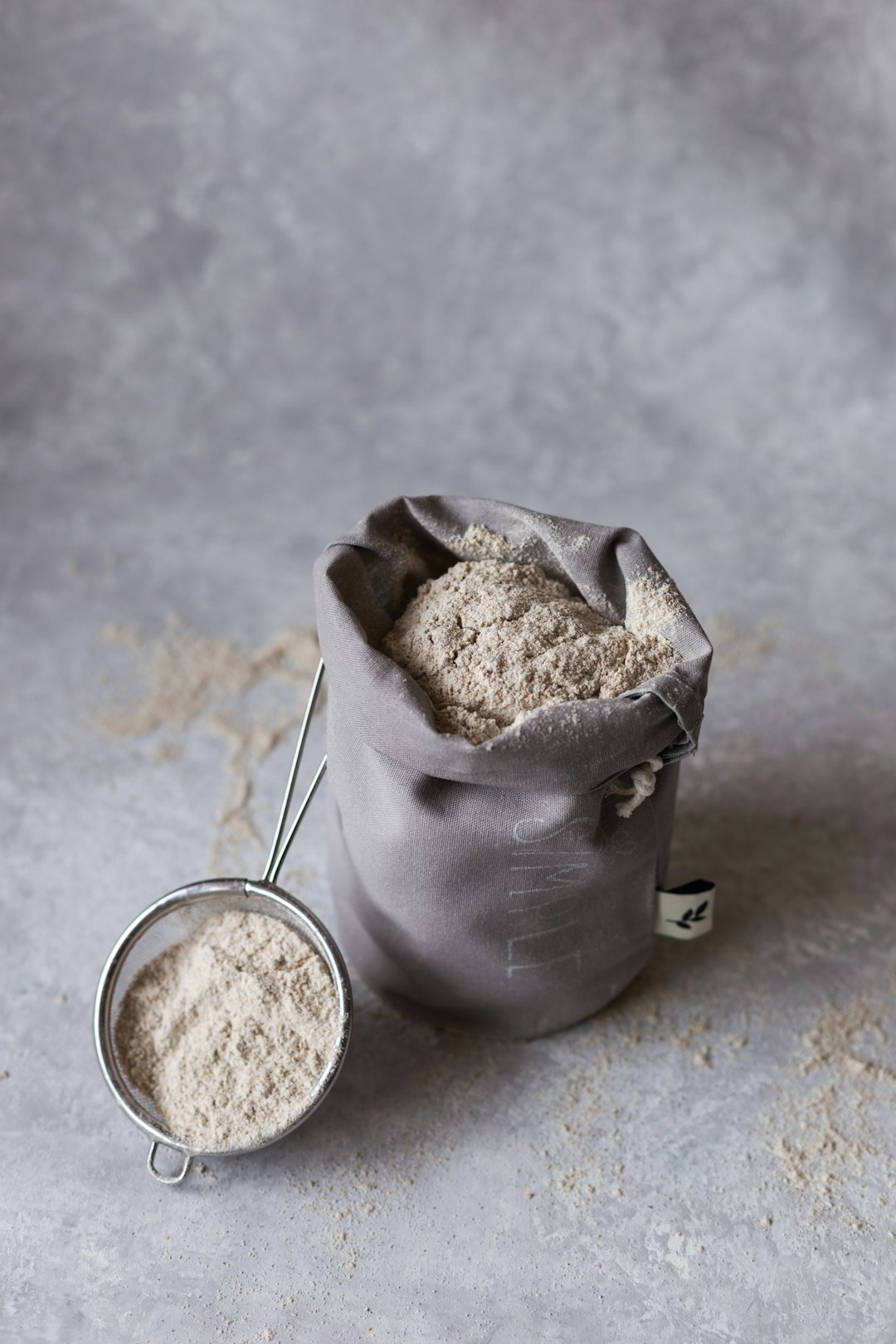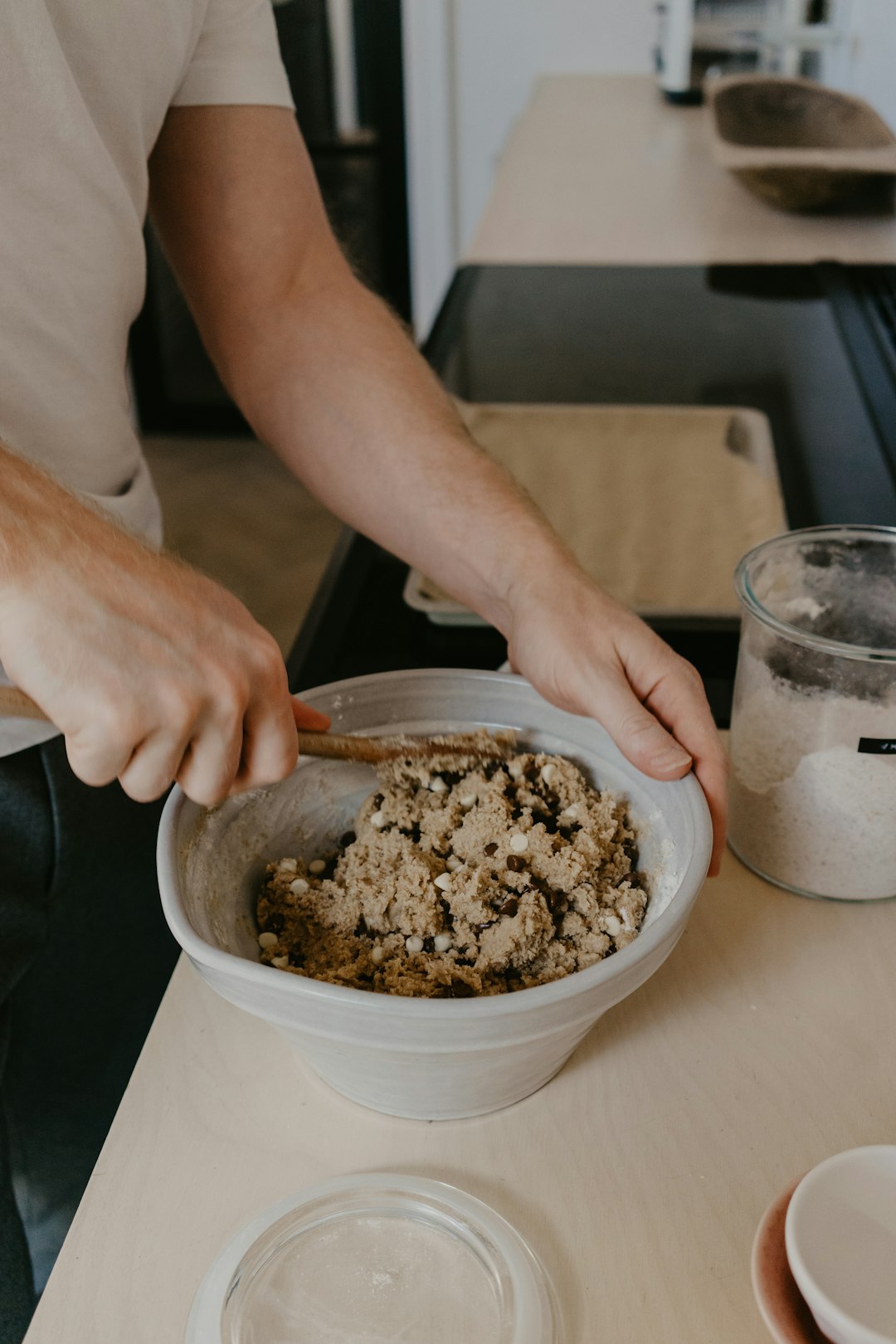
Low Moisture Foods
Low moisture foods (LMF) are foods that naturally have a low moisture content or dried or dehydrated to remove water. These foods typically have a water activity of less than 0.85, below which Clostridium botulinum cannot grow.
Because of their low water activity, LMF have a long shelf life and, in the past, we considered them free of pathogens.
Bacteria cannot grow at a water activity (aw) of 0.85 or below and no microorganism can grow in foods with a aw below 0.6. This is such a key number, I would joke that I should get a tattoo saying “aw<0.6”.
We’ve seen in recent years, food pathogens can survive in these foods and grow once the moisture content increase. For example, peanut butter (aw ~ 0.70) had Salmonella, flour (aw ~ 0.65) had Salmonella and E. coli (STEC) on different occasions. As mentioned in the report, cooked rice left at room temperature is a common cause of Bacillus cereus. Uncooked rice typically has a water activity around 0.6.
FAO/WHO Report on LMFs
The FAO/WHO produced a report on the Safety of Low Moisture Foods after a request by the Codex Committee on Food Hygiene (CCFH). In this report, the WHO/FAO ranked LMF categories based on consumption patterns, handling risk, and food pathogen burden. The FAO/WHO considered nine microbial hazards: Bacillus cereus, Clostridium botulinum, Clostridium perfringens, Cronobacter, Escherichia coli, Salmonella, Staphylococcus aureus, Listeria monocytogenes and Enterobacteriaceae.
The food category with the highest risk is cereals and grains, because of their importance in many people’s diets. This category includes wheat and rice. The next highest LMF category, dried protein products, includes dried milk and other dairy products linked to several big outbreaks, including Listeria monocytogenes in South Africa in 2018.

Low Moisture Food Safety
If you use or make low moisture foods, make sure they stay dry and don’t absorb moisture. If their water activity increases, this raises the probability of pathogens growing to a level to cause illness. Treat any food with an aw>0.85 as a potential hazard. For example, do not leave in the danger zone for longer than 2 hours.
Let me know your questions about LMF and food safety in the comments.
Who is Cathy Davies?
I write about the intersection of food science and food systems with an emphasis on food safety, food justice and resilience. I am concerned that climate disasters and changing weather patterns are affecting our ability to eat healthy, nutritious food.
I run a food safety consultancy, Food Safety Mid Atlantic, supporting specialty food businesses with their food safety plans and programs. If you are interested in learning more about my consulting services, please schedule a free call.
Please subscribe to Food Crumbs today, if you haven’t already.





Thanks Cathey.... I am Interested to know about dried spices and herbs in a powered form.